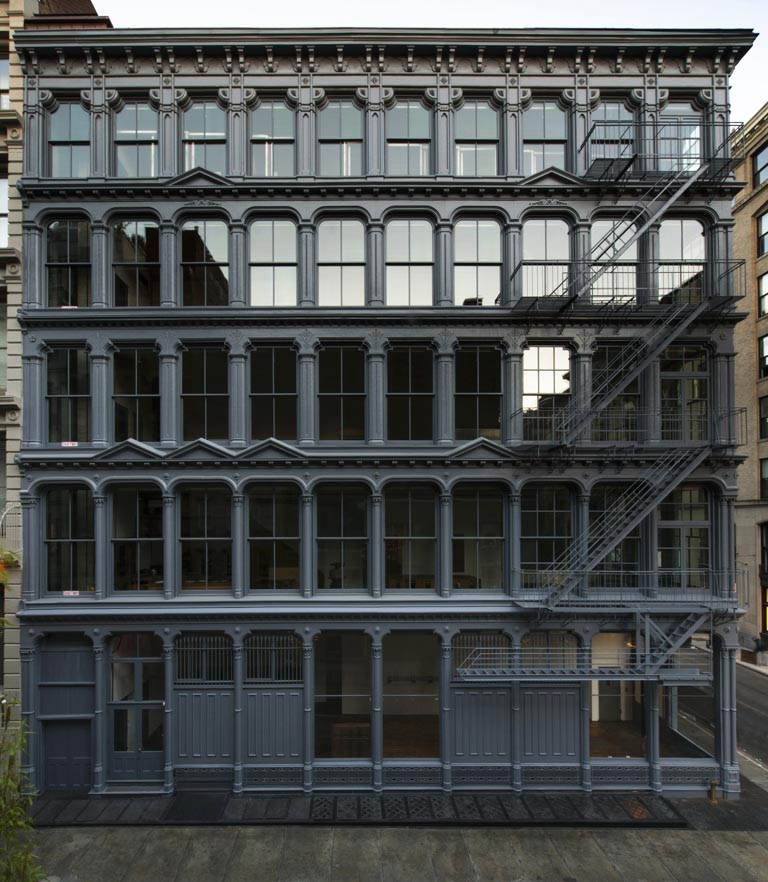How did once dilapidated industrial era textile factory spaces go from symbols of urban decay to becoming expensive lofts and symbols of an alternative “chic” or bohemian urban lifestyle?
This week and next, we look at how artists and creatives go from outsiders to what Lloyd calls “useful labor”, as cultural consumption becomes increasingly important in post-modern or post industrial urban economies. Through the term Artistic Mode of Production, Zukin describes how city planners and private sector developers sought to build on (or exploit) the cultural status of artists moving into Soho in order to develop the real estate market and reshape the cities identity in turn. She shows that by aestheticizing the vestiges of the industrial city, artists perform a kind of primer for gentrification, enabling the development of a market that caters to prospective middle and upper class residents in search of an alternative lifestyle from other parts of the city or outlying suburbs (we will discuss the impact of “lifestyles” a lot in the future).
On Thursday we will watch Su Friedrich’s Gut Renovation and discuss the parallels that have taken place in Brooklyn’s Williamsburg neighborhood “revitalization” process.

In Sharon Zukin’s Capital Shifts and the Cultural Avant-Garde in Urban America, she discusses a multitude of reasons as to how “loft living” in SoHo was majorly impacted and influenced by artists. She expounds on “The Artistic Mode of Production” (AMP) which is broken into four different parts, including accumulation strategy, the social use of modern art, a material base in environment, and the conversion of urban forms. Accumulation strategy was about creating more leisure time and using sophisticated patterns to a grander extent. This helped to present a significant and clear motive for developers to reconstruct an area and provided an opportunity for them to do so as well (pg.176). The social use of modern art raised the value art brought to a certain area. This led to the process of valorization which regarded other aspects in a neighborhood besides art alone. According to Zukin: “The growing value of art also enhanced the value of related factors: urban forms that grew up around it, the activity of doing it, and most important, the status of consuming” (pg. 177). This drew a larger interest towards art and culture. A material base in environment gave lower expectations and a sense of community to those who were low income workers who would’ve been unemployed if it weren’t for being able to make art in the lofts they owned (pg. 179). The final part of AMP is the conversion of urban forms which capitalized on picturesque styled infrastructure. Buildings were changed to become residential and commercial which had a major impact on the economy (pg. 180).